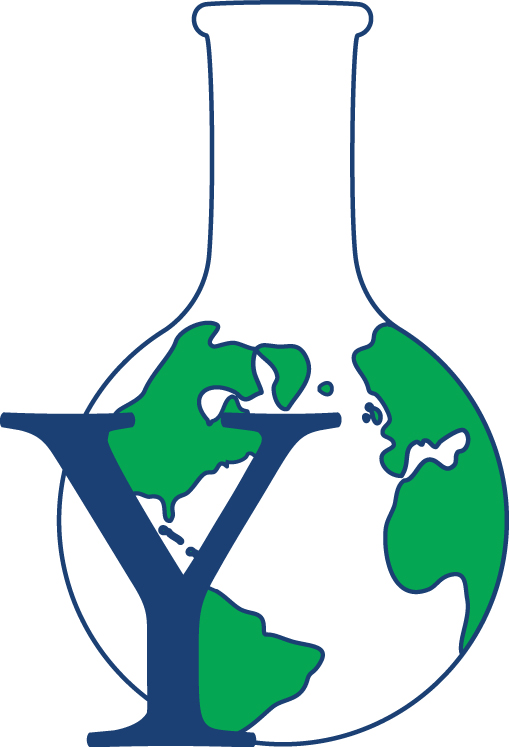Overview
Aluminum is one of the most commonly used metals in our society, because of its abundance and harmless nature. Each year, almost 50,000 tonnes of aluminum orbs are mined from different sites around the globe. However, aluminum ore refining from aluminum oxide, which is the raw materials form for aluminum production, generates enormous amount of highly alkaline waste known as red-mud. Depending on the quality (amount of aluminum present) 1 ton of aluminum oxide production can generate 1 to 2.5 tonnes of red-mud waste. The current economical viable disposal strategy for red mud are either discharging them deep into the ocean or storing it in open pond sites to absorb CO2 which would slowly neutralized from the formation of carbonic acid. Neither of them is long-term nor ecologically friendly. Upon neutralization of the alkalinity, red-mud could be an excellent addictive/dopant for construction materials production or can serve as natural filters for heavy metal ions removal. As such, there is a strong initiative in developing a cost effective and rapid method to neutralize red-mud.
Study
In 2013, the Anastas group reported a robust earth abundant metal water oxidation catalyst (Co-DPPE) that excels at operating in alkaline environment. The propensity of this catalyst lends itself to the red-mud neutralization objective. In the presence of an anodic polarization at a low voltage, the Co-DPPE catalyst can turn (oxidize) water into oxygen gas and hydrogen ions, which are the acid components needed for neutralizing the red mud. Current investigation focuses on the overall energetic efficiency of the system and studies on how the catalyst would function under mock conditions with lab prepared alkaline solution.
In short, this project explores the use of electricity, potentially comes from renewable sources, to speed up the neutralization of red mud using water as a reagent.
Impact
With this technology, strongly alkaline red mud waste, which are typically neutralized by storing in open pond site for years, can be turned into useful building block materials within a much shorter time frame.
